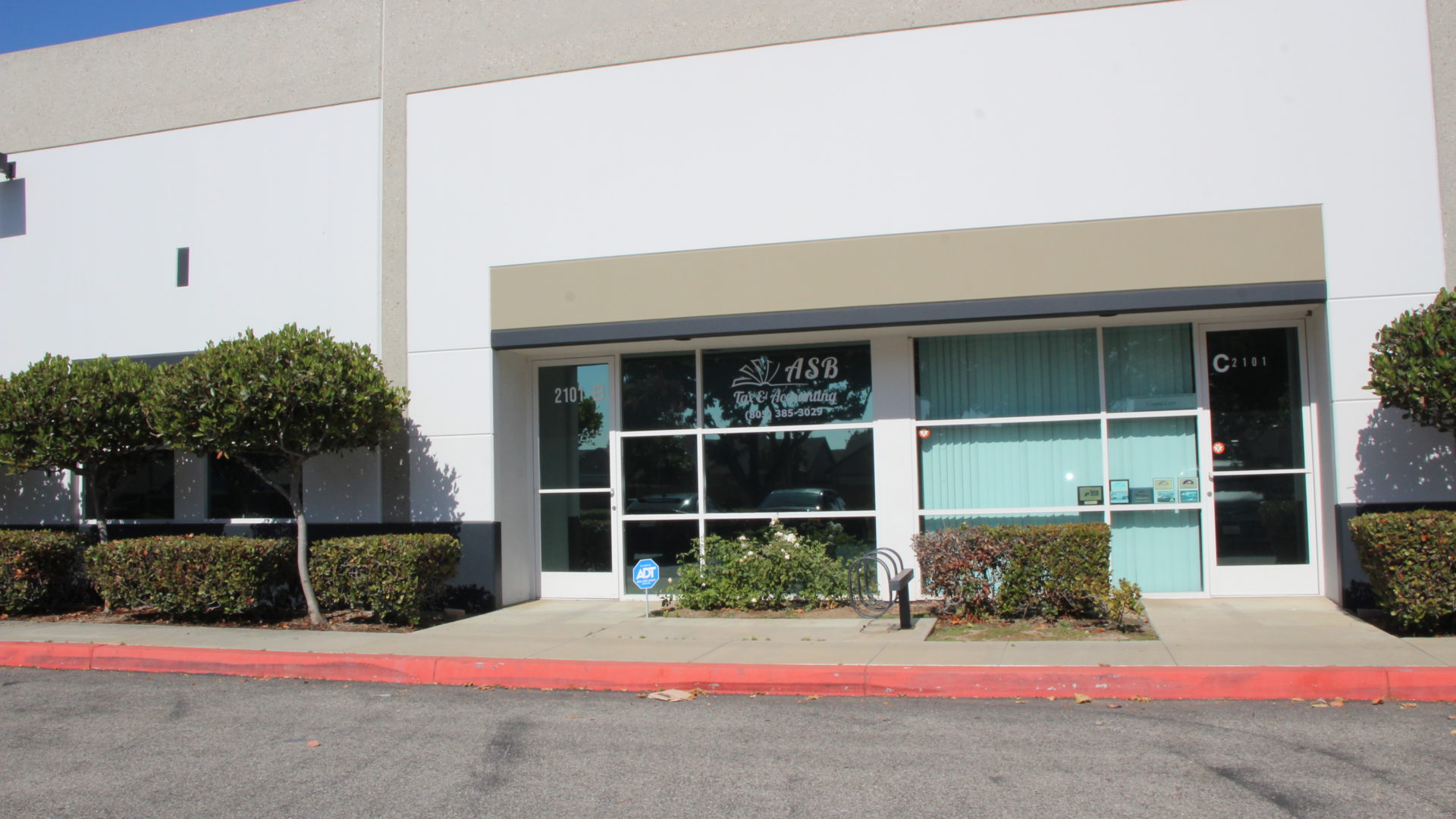Tips for starting an emergency savings fund
Having an emergency savings fund is essential to ensure financial stability and be prepared for unexpected events. An emergency fund allows you to face unexpected expenses without resorting to debt, which protects your long-term financial well-being. Here are some practical tips for starting and maintaining an emergency savings fund .
First, it’s important to understand what an emergency savings fund is and why it’s crucial. This fund should cover at least three to six months of your basic expenses, such as rent, food, transportation, and utilities. The exact amount can vary depending on your personal circumstances and the level of security you desire. Starting with a clear goal will help you stay focused and motivated.
To start an emergency savings fund, the first step is to assess your monthly expenses and determine how much you need to save. Make a detailed list of your essential expenses and calculate the monthly total. This will give you an idea of how much you need to have saved to feel secure. Once you have this figure, set a realistic savings goal that you can gradually achieve.
One effective tip is to automate your savings. Set up automatic transfers from your checking account to a savings account specifically for your emergency savings fund. This way, you won’t have to rely on willpower to save, and the money will accumulate steadily. Even small amounts saved regularly can grow significantly over time.
Another helpful strategy is to review and adjust your monthly budget. Identify areas where you can cut back on spending and redirect those savings into your emergency savings fund. Small changes, such as cutting back on eating out, canceling unnecessary subscriptions, or finding more cost-effective alternatives to your daily activities, can free up additional funds for your savings.
Consider putting any extra income, such as bonuses, tax refunds, or monetary gifts, directly into your emergency savings fund. Taking advantage of this extra income will allow you to grow your fund more quickly without affecting your regular budget. It’s an effective way to speed up the savings process and reach your goal in less time.
It’s critical to keep your emergency savings fund accessible without compromising its security. Put these savings in a separate savings account that’s easy to access but not as accessible as your everyday checking account. This will prevent the temptation to use the money for non-urgent expenses and ensure that it’s available when you really need it.
Review and adjust your emergency savings fund periodically. Life changes and so do your financial needs. Make sure your fund stays aligned with your current expenses and adjust the target amount if necessary. Review your progress every few months and make adjustments as needed to stay on track.
Starting an emergency savings fund is a crucial step toward financial stability. Assess your spending, automate your savings, fine-tune your budget, and use extra income to build your fund. Keep these savings accessible but secure and check your progress regularly. With these tips, you’ll be better prepared to face any financial unforeseen events that come your way.

